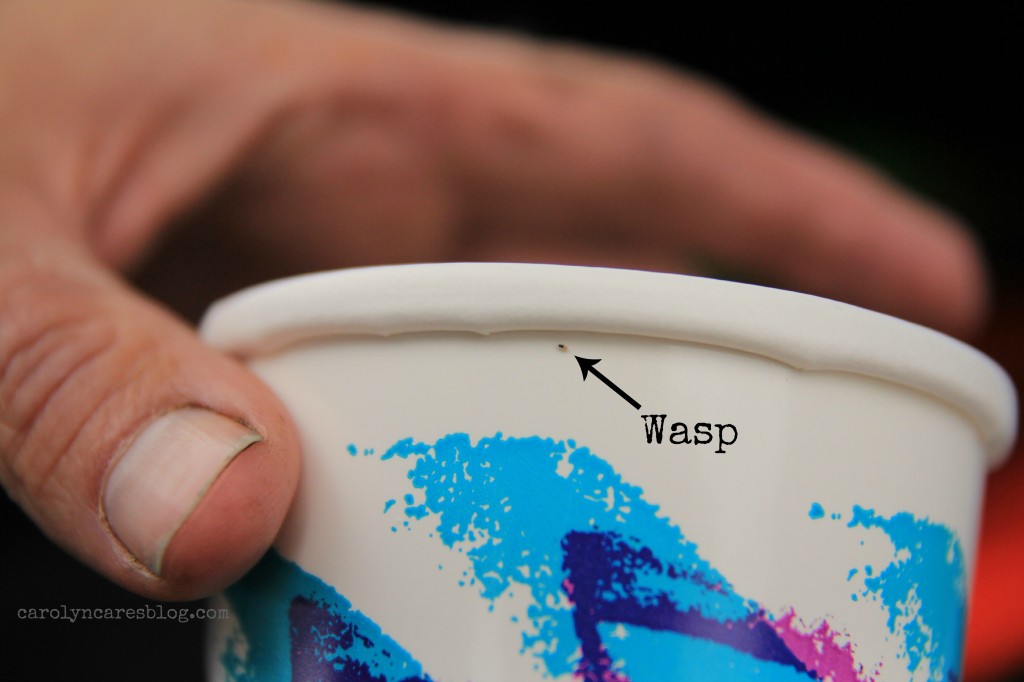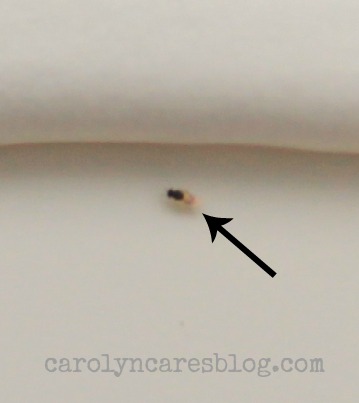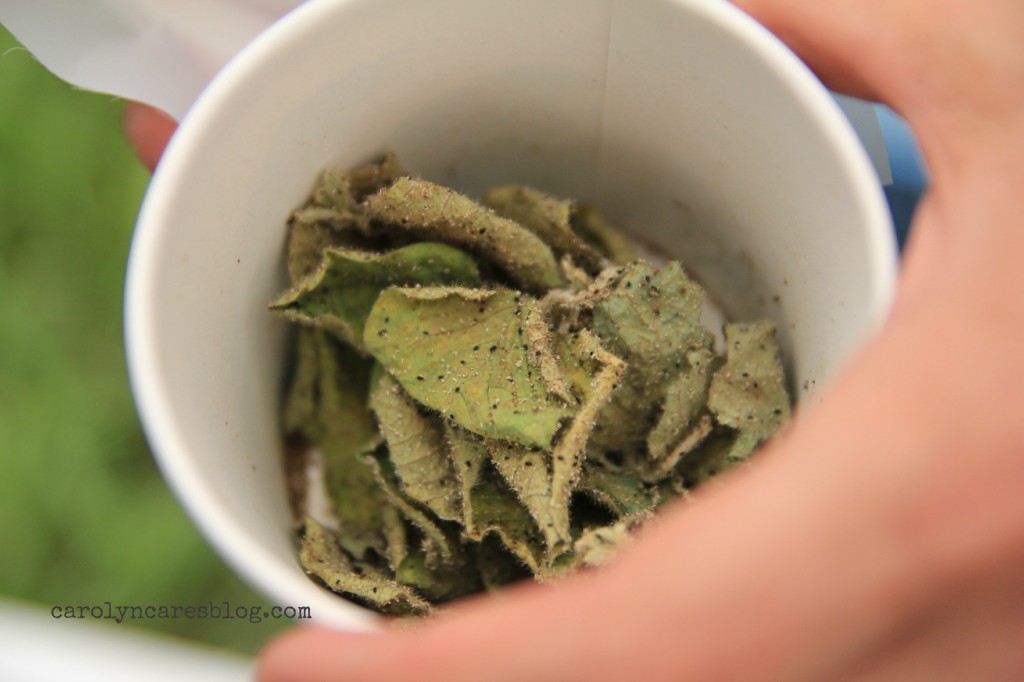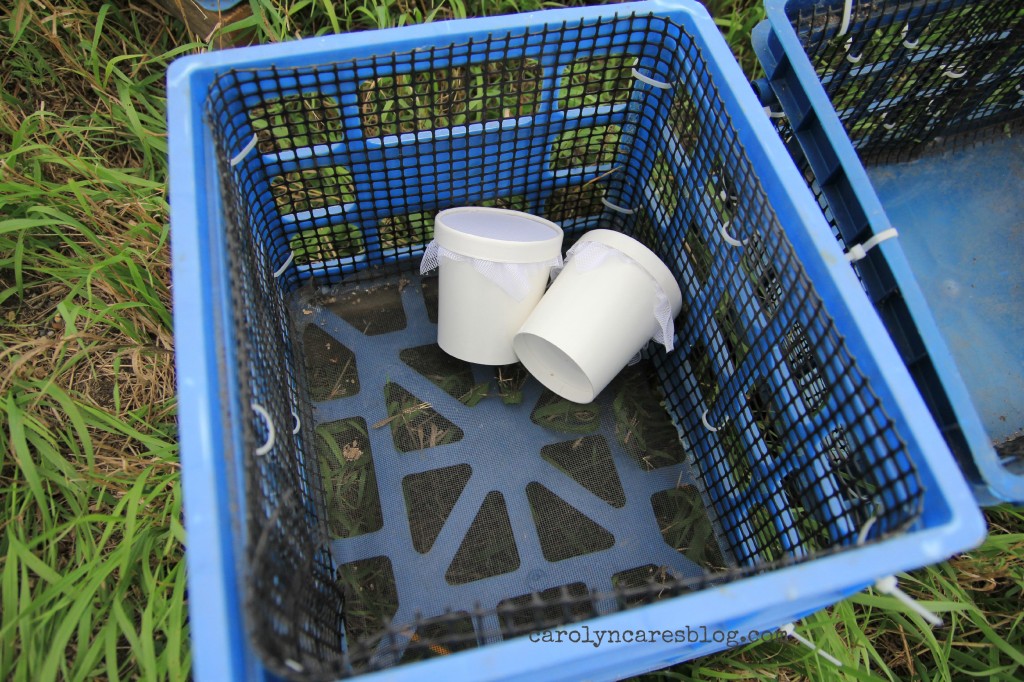Have you watched the movie “Alien” where a creature bursts out of the chest of a human, killing him? Truth be told, I am not a fan of horror movies. However, when similar things happen to insects in nature, I am totally fascinated!
Starting today, one of our soybean fields will have little wasps that act like the Alien. They sting soybean aphids, and lay their eggs inside the aphid. This kills and mummifies the aphid. When the larva is ready for the next stage of life, it bursts out of the mummified aphid body. So cool!
So, what do these vicious creatures look like?
Did you see it? Maybe this extreme closeup will help…
Yep, these tiny little wasps are the size of a soybean aphid…which is about as big as the dot of a Sharpie Fine Pen. Nick, a doctoral student from the University of Minnesota entomology department came out today to distribute 75,000 of these little buggers. They arrived in their shipping containers, which were mummified soybean aphids on soybean leaves. The black dots are the aphids which house the wasps…
Nick transferred the wasps, leaves, and larva to a slightly larger cup, making sure he had a similar amount of wasps in each cup (yes, someone had figured out how many there were in each cup). He then put a mesh over the top that was large enough for the wasps to go in and out, but not large enough for predators like lady beetles to get in. These cups were put in milk crates as a base of sorts for the wasps.
Nick then went walking on the edge of the field, flagging locations for the six crates to be placed. After that he measured out about 2 meters in each direction, and placed another flag. The soybean plants by those flags will be checked in 3 weeks to see if the wasps have moved that far from their point of release.
One of the limiting factors in this research is the amount of soybean aphids currently in our fields. When we were looking, we really didn’t find many at all. This is due to the delays in planting, and the cooler weather that has slowed the growth of the soybeans. Nick was explaining the optimal time for aphid movement according to soybean plant stage, and encouraged scouting within the next two weeks.
Jonathan and I are pretty interested in learning more about how this natural aphid control will work in a real world situation. We are hoping that this will turn into a viable tool that we can use to combat the soybean aphid. Right now, as organic farmers, we have no effective method to control them other than planting naturally aphid tolerant varieties of soybeans. Nick is hoping that the wasps that were released today will not only help us this year, but their future generations will be helpful in the years to come.
How cool is it that scientists have found an Alien like way to control an agriculture pest?






